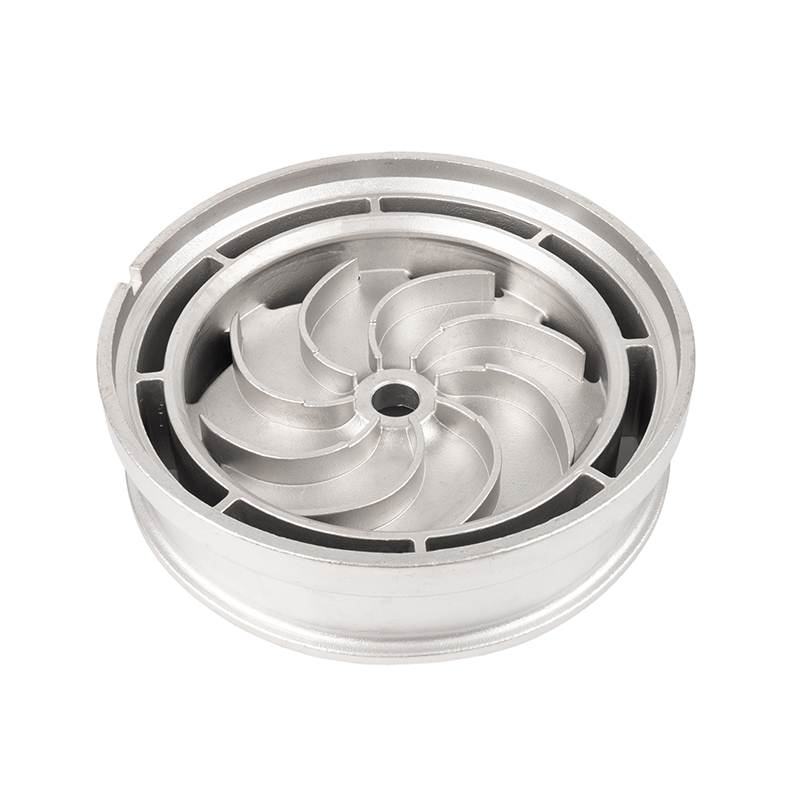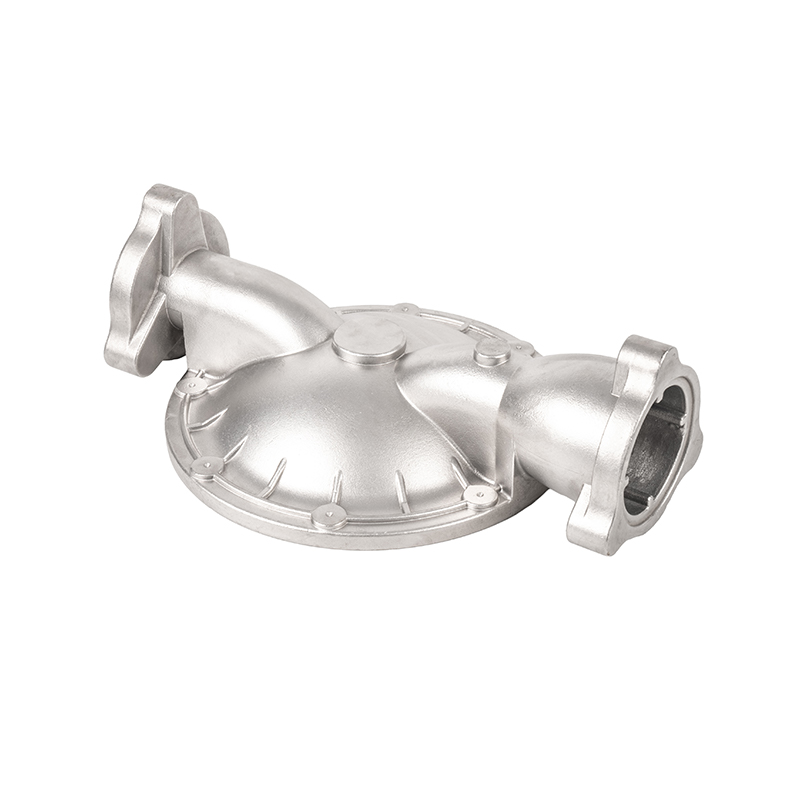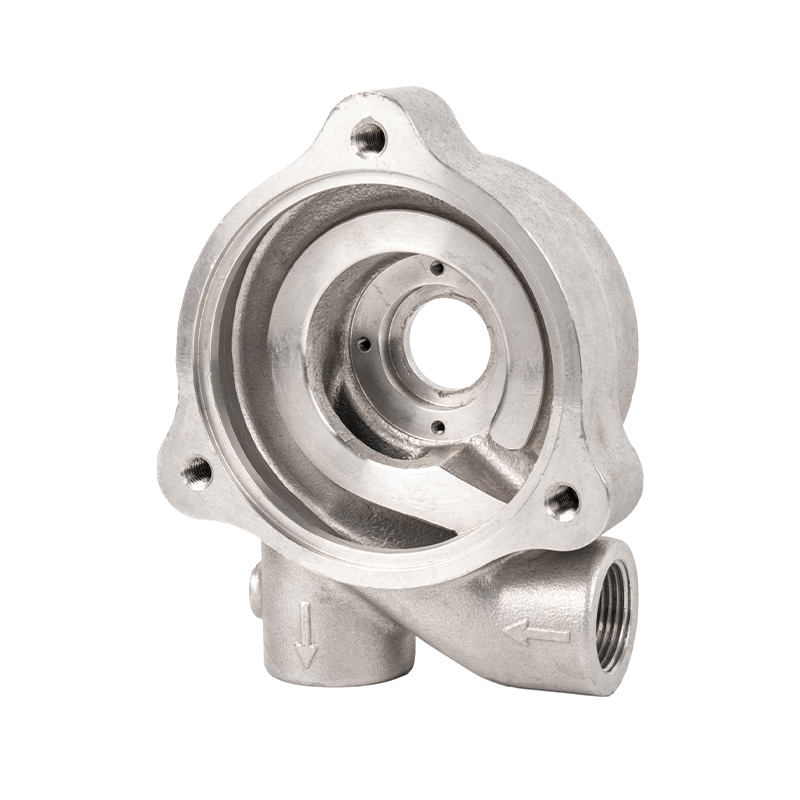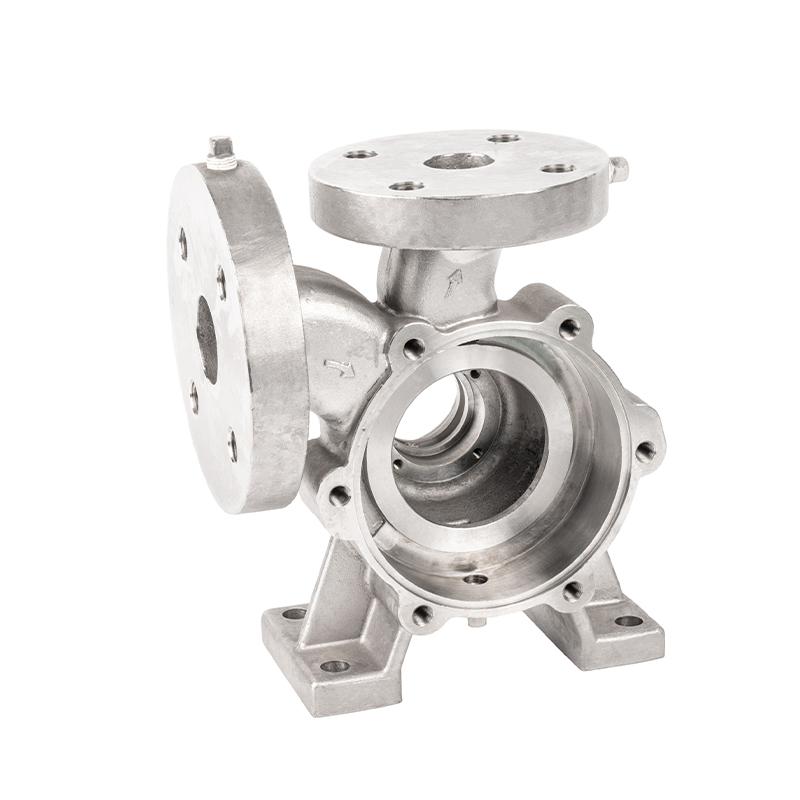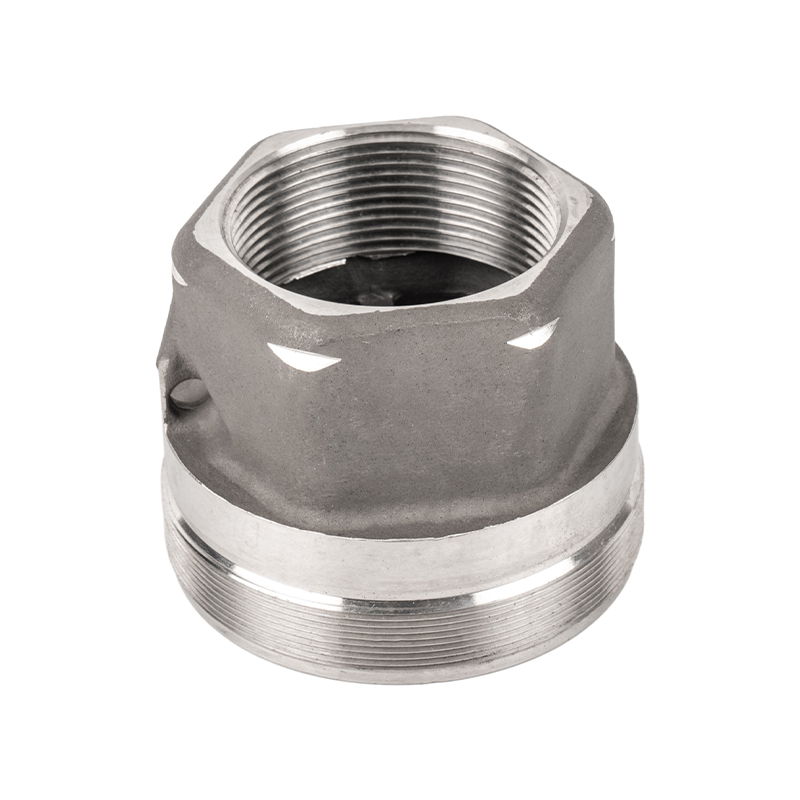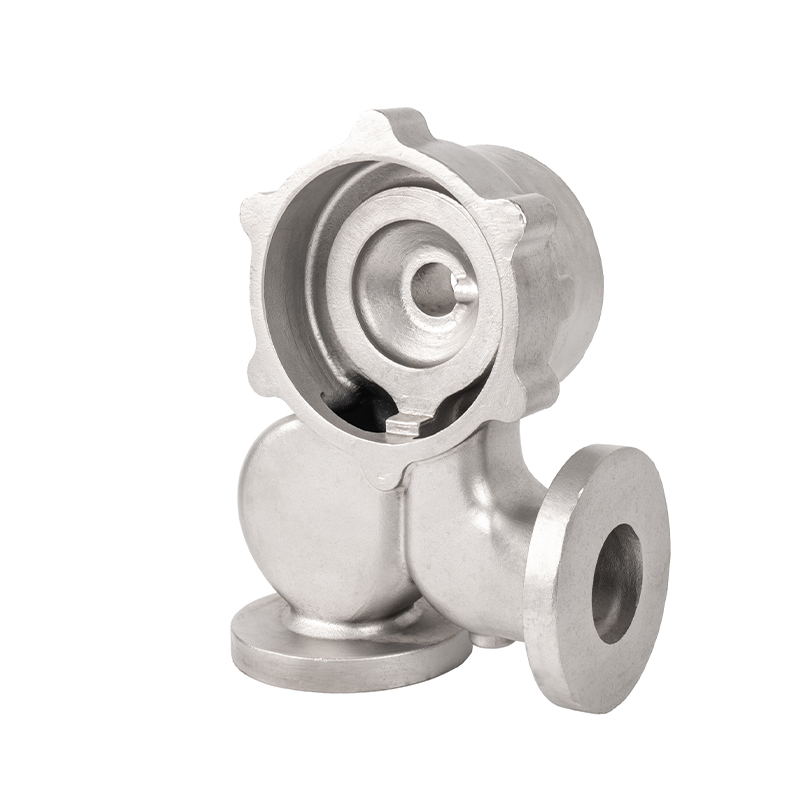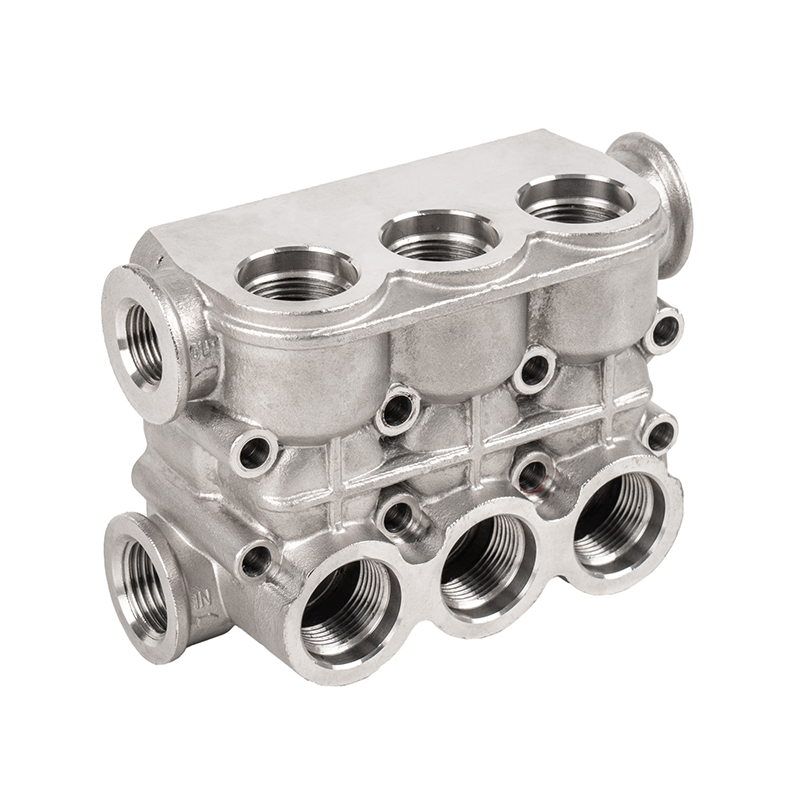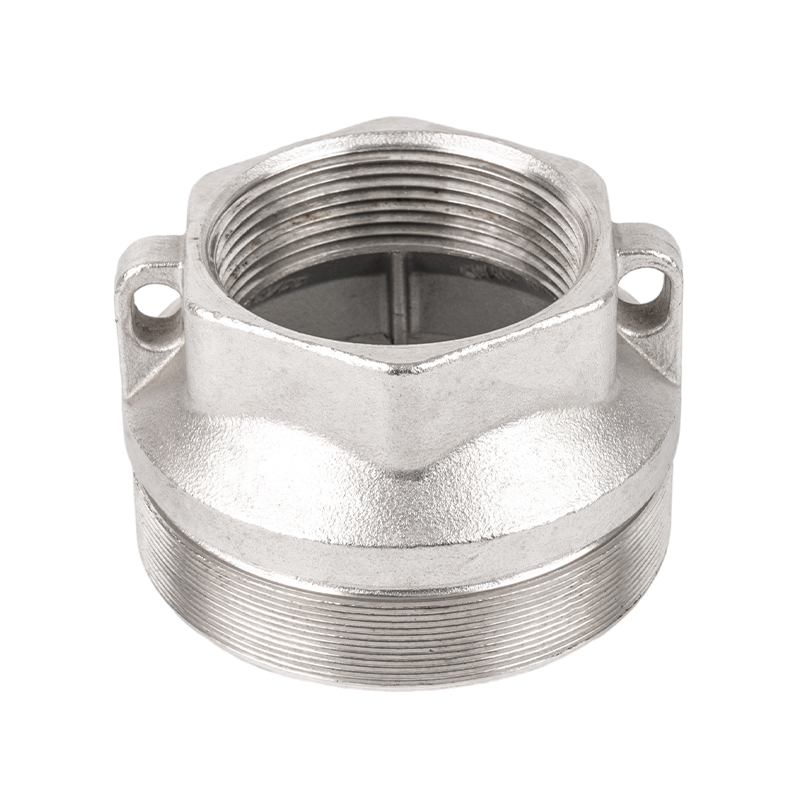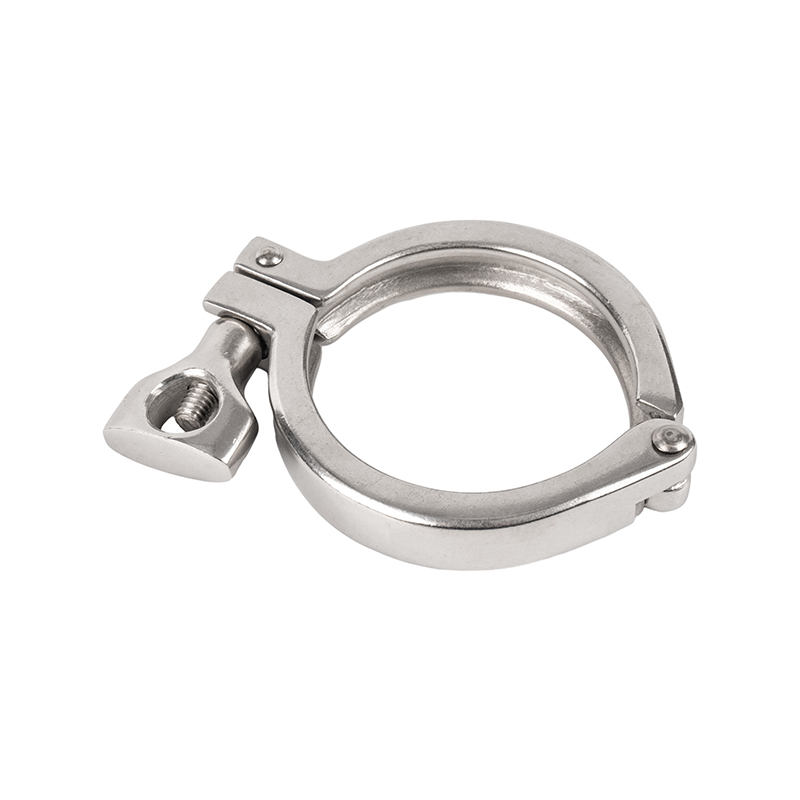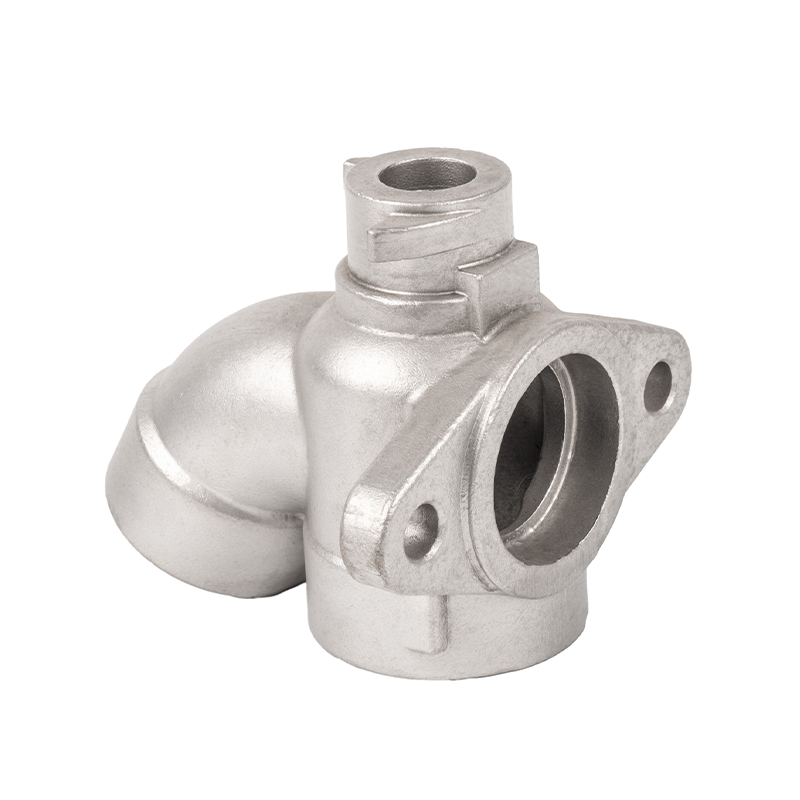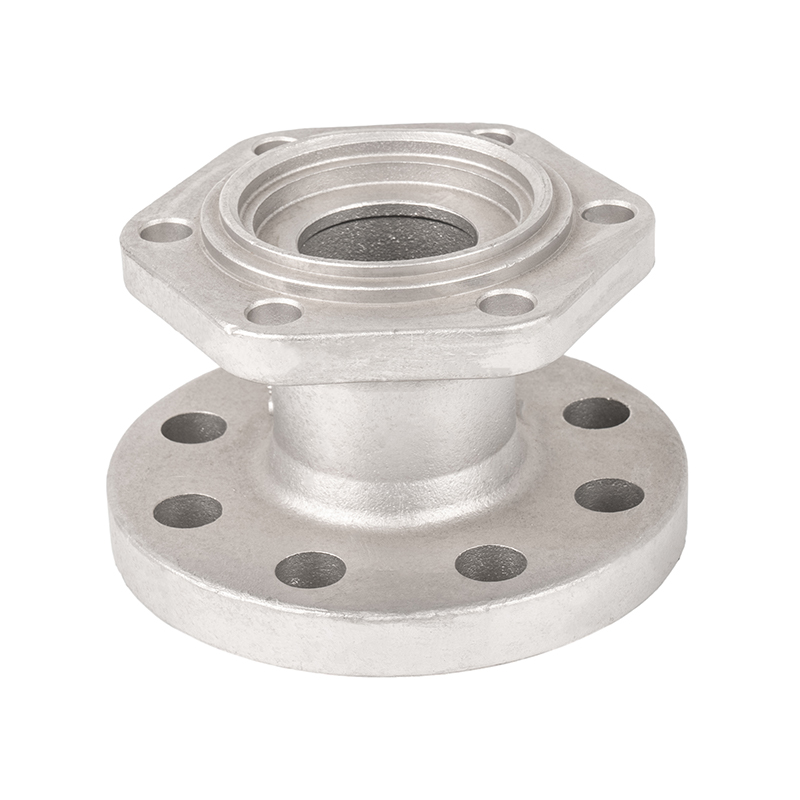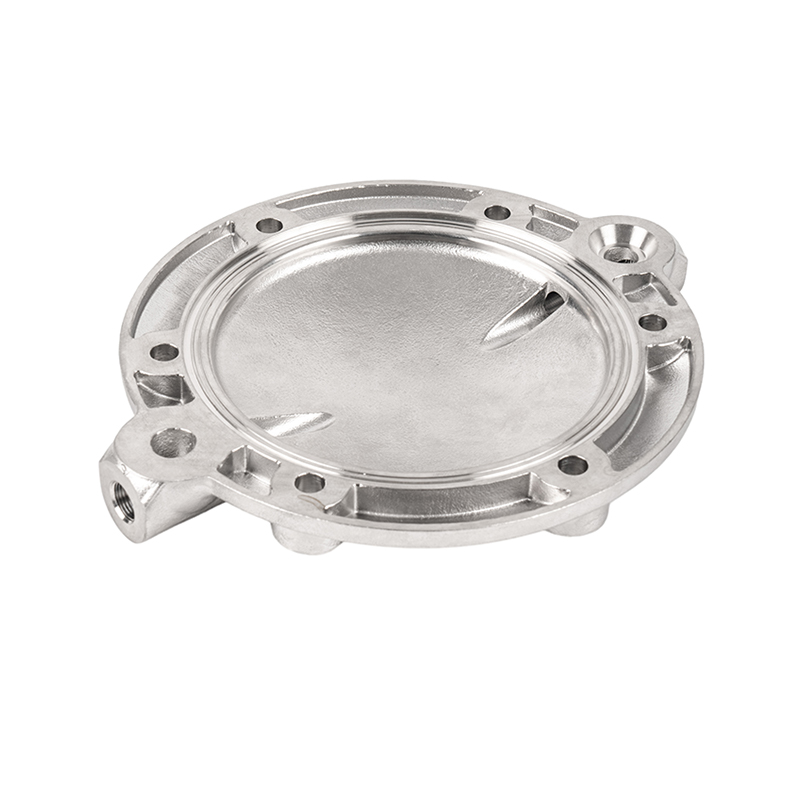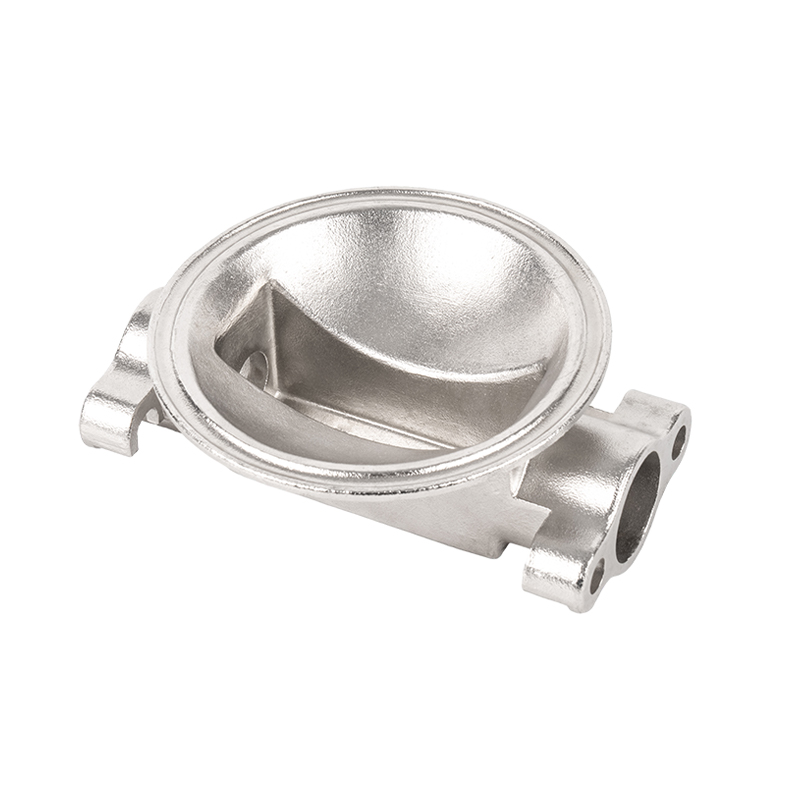How to solve cracks in the production of control valve castings
In the casting manufacturing process, the chemical composition of metal materials has a crucial influence on the formation of cracks. Excessive carbon content, excessive sulfur and phosphorus impurities, and uneven distribution of alloying elements will cause the metal to form low-melting eutectic or hot brittle structure during solidification, thereby increasing the sensitivity of cracks. In order to solve this problem, we should first start with the selection of raw materials, strictly control the content of impurity elements such as carbon, sulfur, and phosphorus, and achieve a balanced ratio of alloy components by optimizing the ingredients. In addition, it is also crucial to improve the purity of the metal. Inclusions and gases in the molten metal can be removed through processes such as refining, deoxidation, and degassing, thereby improving the comprehensive mechanical properties and thermal stability of the metal.
In the structural design stage, it is particularly important to reasonably control the geometry of the valve casting. It is necessary to avoid sharply changing cross-sections, sharp corners, uneven thickness areas, and complex closed structures. These design defects are very likely to cause thermal stress concentration during the cooling process, thereby inducing hot cracks or cold cracks. When optimizing the casting structure, fillet transition and thickness homogenization design should be adopted to reduce the risk of local stress concentration. At the same time, when designing the mold, the cooling channel and riser system should be arranged reasonably to ensure that the overall temperature gradient of the casting is gentle, the solidification sequence is clear, and the accumulation of tensile stress due to asynchronous solidification is avoided.
In terms of molding technology, it is crucial to select molding sand materials with high strength, high air permeability and good thermal conductivity. This can ensure that the mold cavity has good rigidity and thermal conductivity during the pouring and solidification of the molten metal, thereby preventing abnormal structural stress of the casting due to mold collapse or deformation. At the same time, it is necessary to control the expansion rate and resilience of the molding sand to avoid the core from expanding violently under high temperature conditions and causing internal stress in the casting. In the selection of coatings, casting coatings with low gas emission, high adhesion and strong high temperature stability should be given priority to enhance the refractory performance and surface quality of the casting surface.
In the design of the pouring system, it is key to ensure that the molten metal fills the mold smoothly during the pouring process, avoiding sudden changes in thermal stress caused by violent eddy currents, sand blasting or excessive local cooling. A bottom pouring, step-type or closed pouring system design can be used to ensure that the molten metal fills the cavity from the bottom to the top in order to reduce the impact and the generation of oxidized inclusions. At the same time, the riser and chiller should be reasonably set to ensure that the solidification sequence of each part of the casting is reasonable, the hot section can be fully compensated, and the local temperature difference is too large to cause cracks.
In the cooling and solidification stage, it is particularly important to control the cooling rate and cooling method of the casting. Thermal stress concentration caused by uneven or too fast cooling rate should be avoided. For thick and large or complex structure control valve castings, a combination of forced cooling and natural cooling can be used to achieve uniform distribution of the temperature field through technical means such as water cooling, air cooling or jacket temperature control, slow down the temperature drop rate, and thus reduce the probability of thermal cracks. If necessary, insulation materials can be used to delay cooling of the crack-prone parts, so that they can be gradually cooled after overall solidification to effectively release internal stress.
In the heat treatment process, a scientific annealing, normalizing or aging treatment process should be formulated to eliminate residual stress inside the casting. The temperature and holding time of heat treatment need to be carefully controlled according to the material characteristics and wall thickness of the casting to avoid new cracks caused by too fast heating or improper cooling. For control valve castings made of special materials such as duplex stainless steel and heat-resistant alloys, it is even more necessary to formulate corresponding heat treatment plans based on their characteristics to ensure the overall performance and service life of the casting.


 English
English Español
Español русский
русский 中文简体
中文简体

